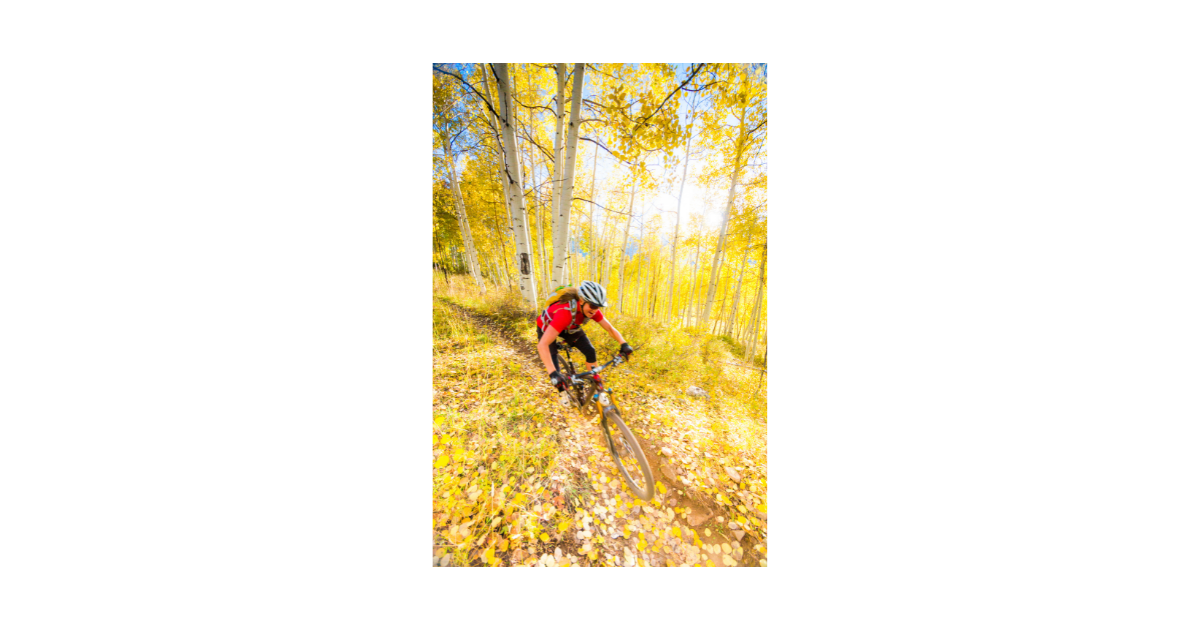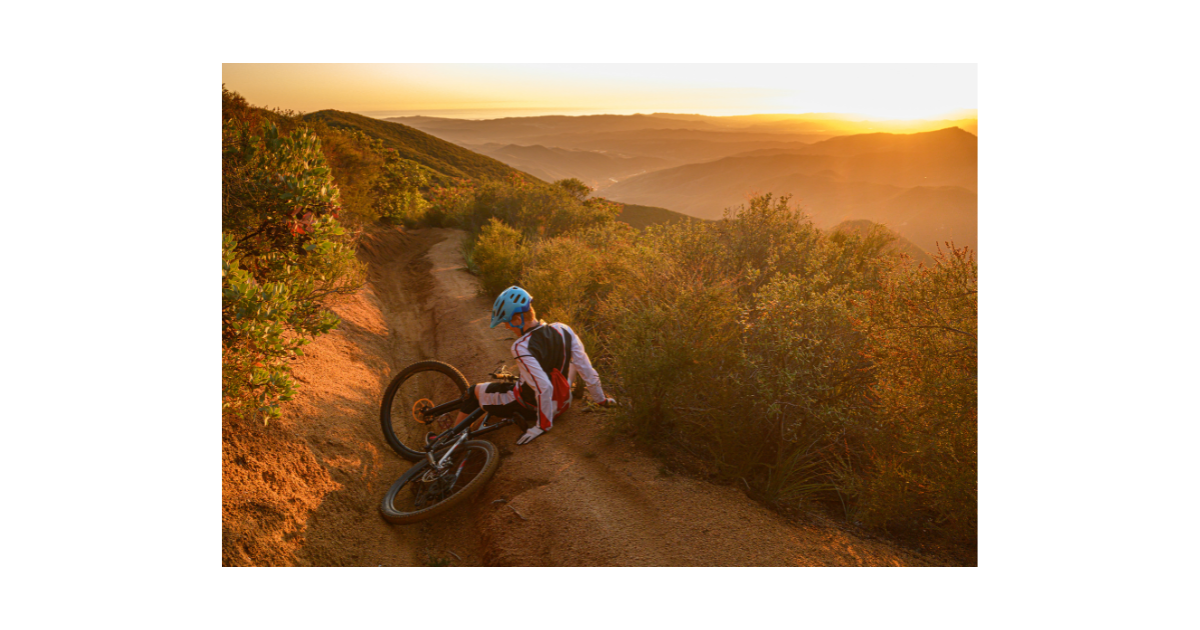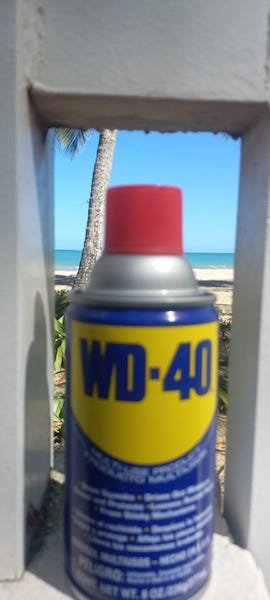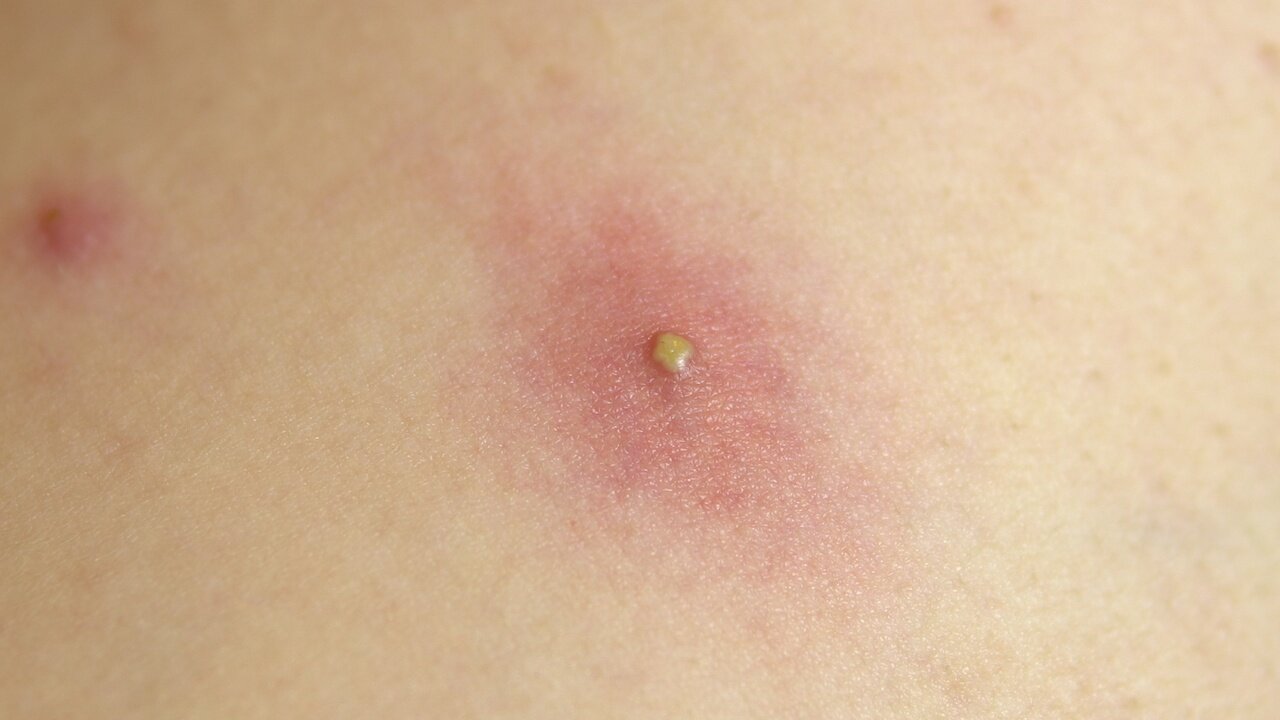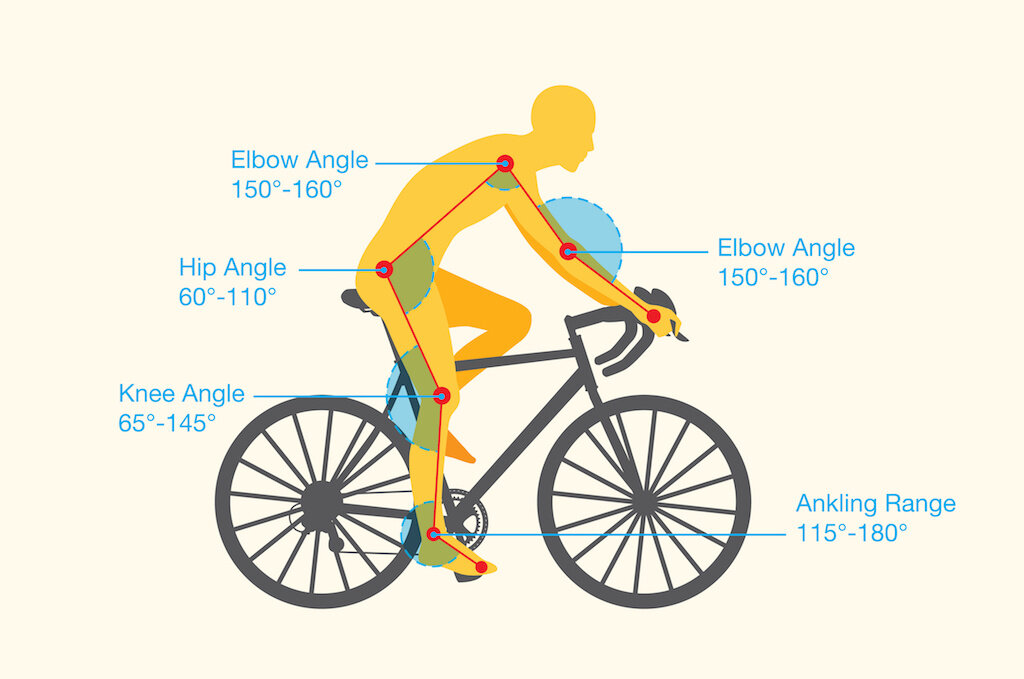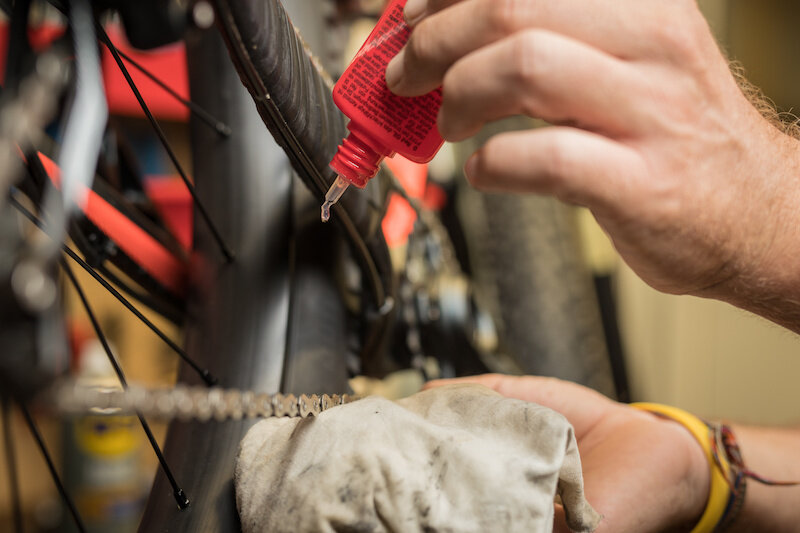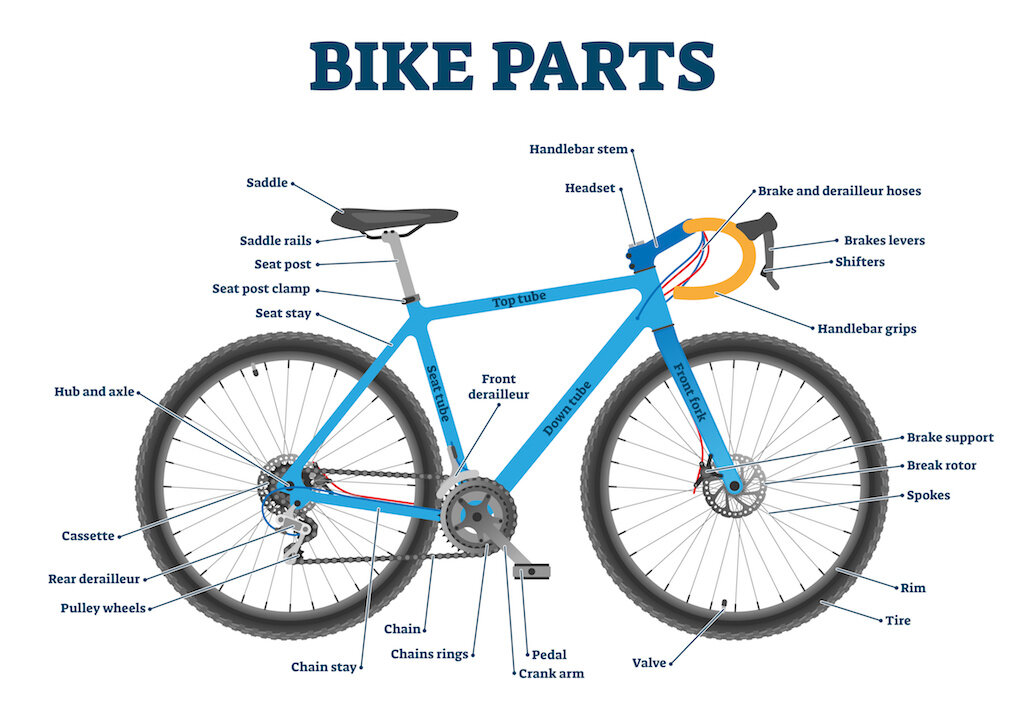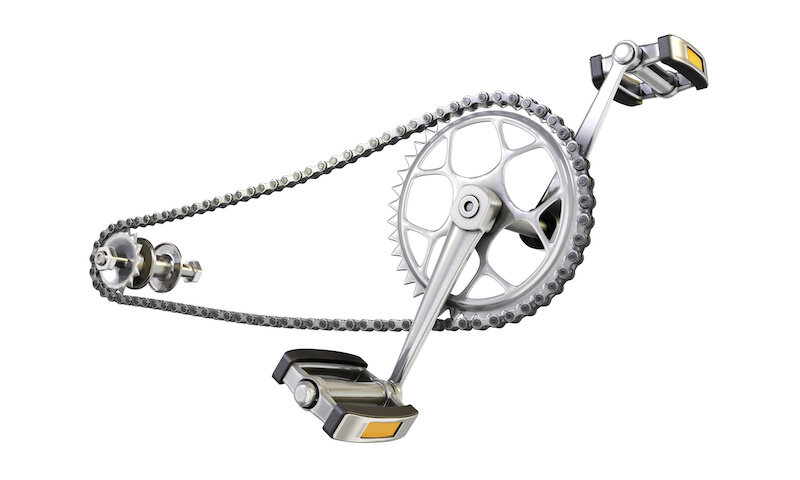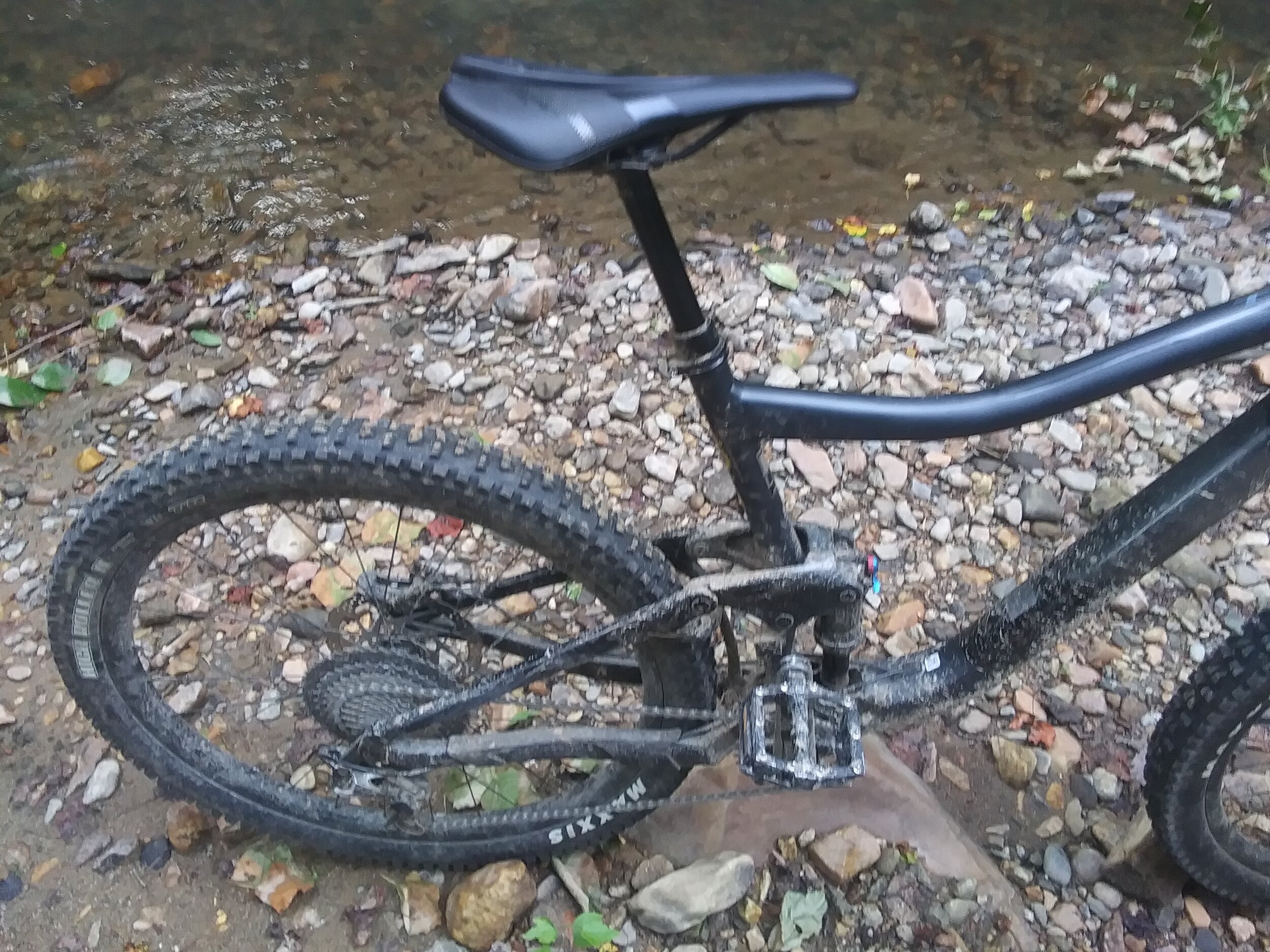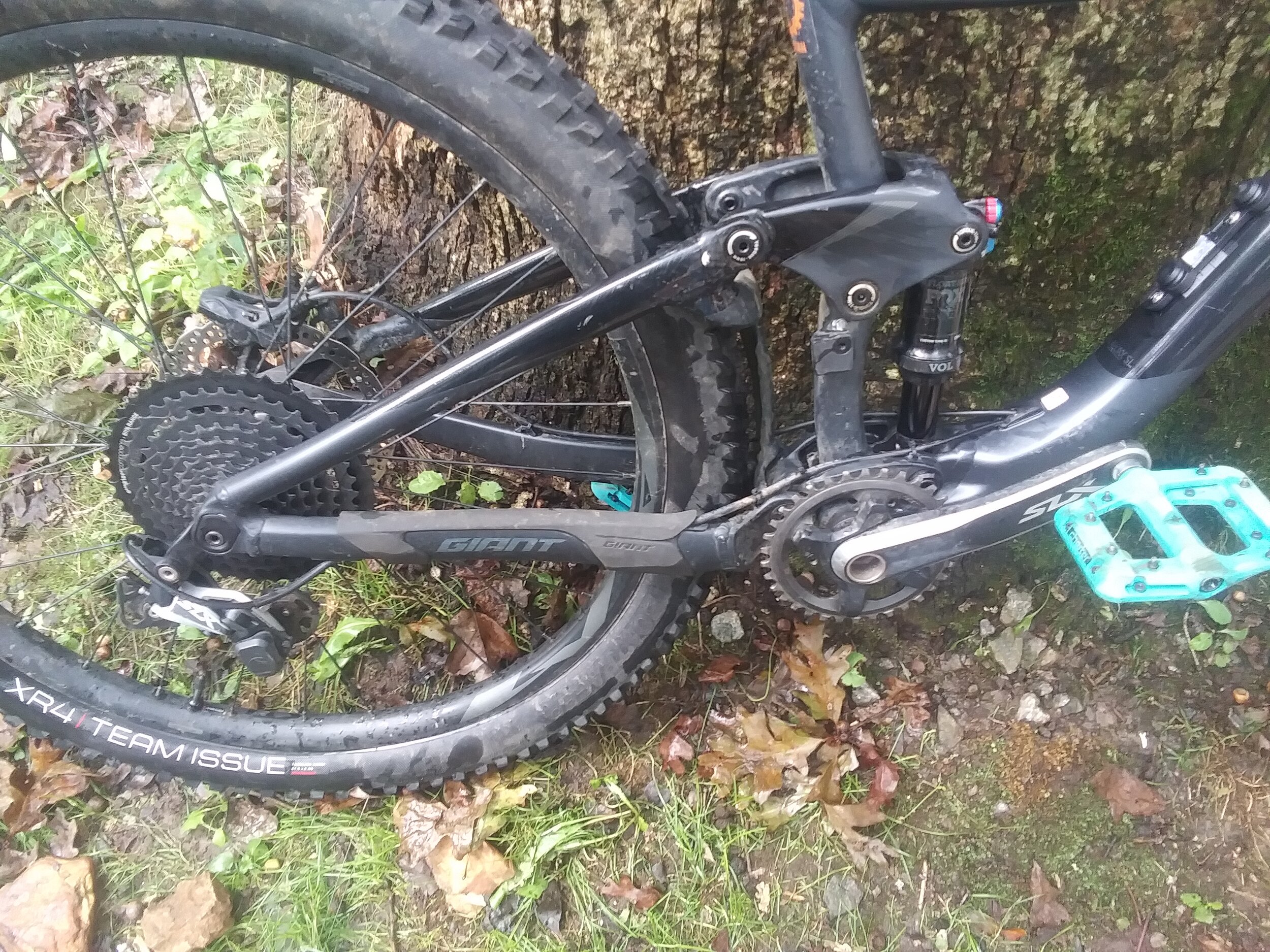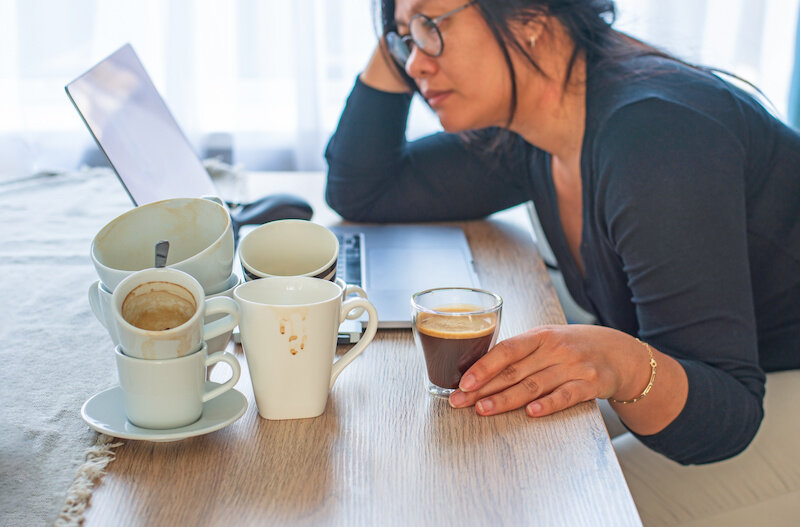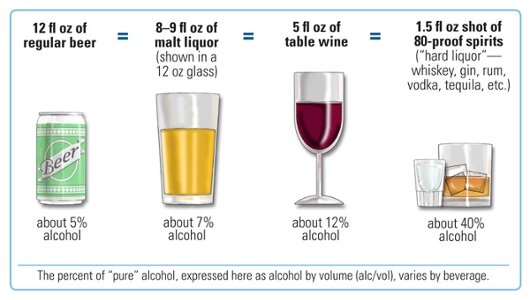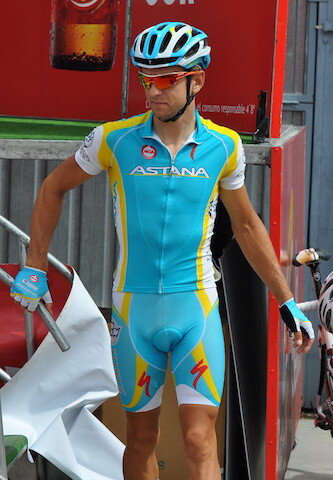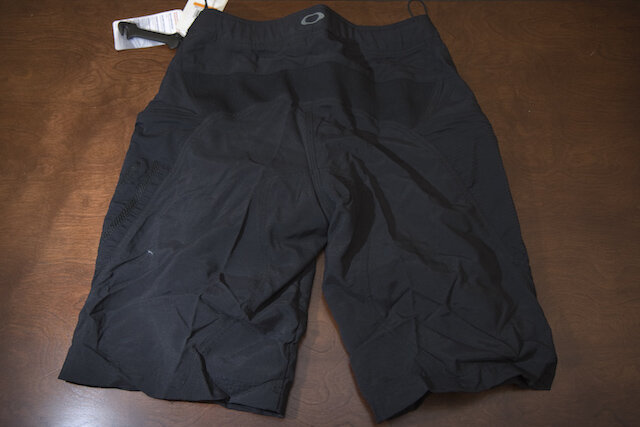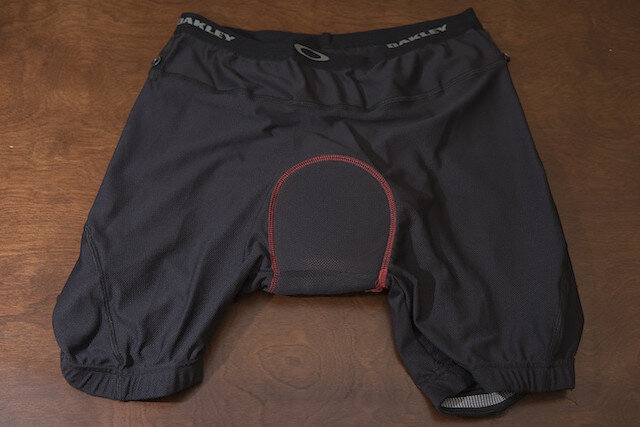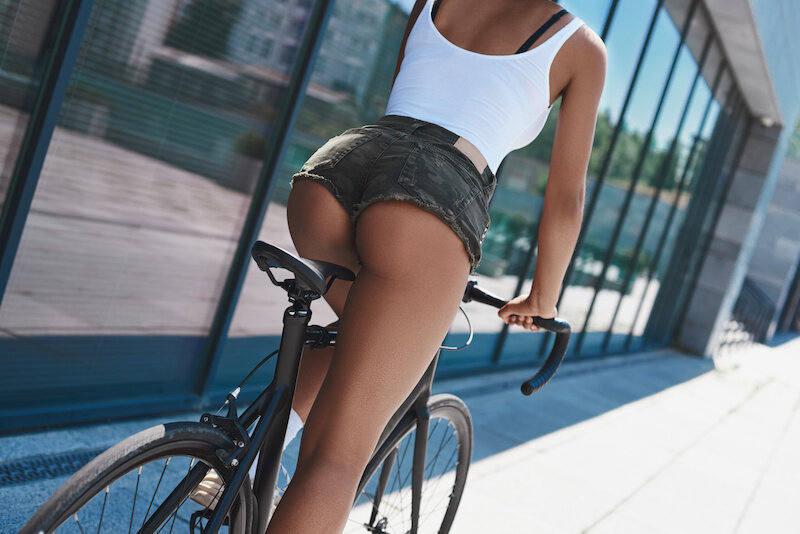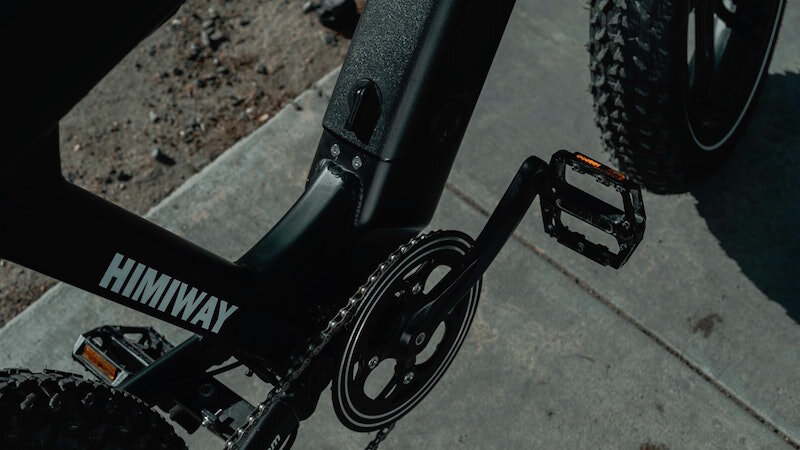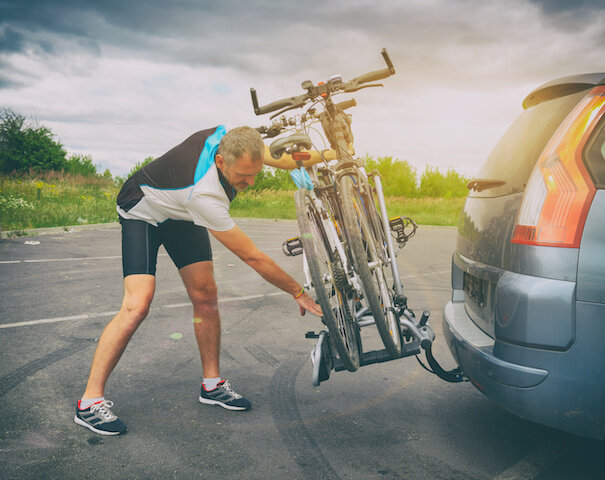Picture this: You're cruising down the open road, the sun warming your face and the rhythm of your pedals syncing with the beat of your heart. But wait, something feels off. Your knees ache, your back protests, and your saddle...well, let's just say it's not exactly a throne of comfort.
Enter bike fitting, the magical art of tailoring your trusty steed to fit you like a glove. It's like having a bespoke suit made by the finest tailor in town, except in this case, your tailor is a seasoned bike whisperer armed with a tape measure and an eye for ergonomic excellence.
Benefits of Bike Fitting
Enhanced Comfort: Proper bike fitting ensures that the rider's body is positioned ergonomically on the bicycle, reducing strain on muscles and joints. This leads to a more comfortable riding experience, particularly during long-distance rides or extended periods of cycling.
Improved Performance: A well-fitted bike maximizes power transfer and efficiency, enabling riders to generate more power with each pedal stroke. Adjustments such as saddle height, handlebar reach, and cleat positioning can optimize pedaling mechanics, aerodynamics, and overall riding efficiency, ultimately enhancing performance in terms of speed, endurance, and handling.
Injury Prevention: By aligning the bike setup with the rider's biomechanics, bike fitting helps prevent overuse injuries and reduces the risk of developing chronic issues such as knee pain, lower back discomfort, or saddle sores. Proper alignment minimizes stress on vulnerable areas of the body, contributing to long-term musculoskeletal health.
Customization: Every rider is unique, with different body dimensions, flexibility levels, and riding preferences. Bike fitting allows for customization of the bike's geometry and components to match the rider's specific needs, ensuring a personalized fit that maximizes comfort and performance.
Debunking Misconceptions
One Size Fits All: Contrary to the belief that a standard bike setup is suitable for all riders, bike fitting acknowledges the diversity of human body shapes and sizes. A customized fit takes into account individual differences, ensuring optimal comfort and performance for each rider.
Cost-Effectiveness: While some may perceive bike fitting as an unnecessary expense, investing in a professional bike fit can prevent future discomfort, injuries, or equipment-related issues, ultimately saving money in the long run. Moreover, many bike shops offer affordable fitting services, making it accessible to riders of varying budgets.
Limited Applicability: Bike fitting is not limited to elite athletes or competitive cyclists; riders of all levels and disciplines can benefit from a proper fit. Whether riding for leisure, commuting, fitness, or competition, a well-fitted bike enhances the riding experience and promotes enjoyment and safety on the road or trail.
Conclusion
In conclusion, bike fitting is not only beneficial but also essential for cyclists seeking to optimize their riding experience. By enhancing comfort, performance, and safety, bike fitting plays a crucial role in promoting long-term enjoyment and sustainability within the cycling community. Debunking misconceptions surrounding bike fitting highlights its universal applicability and underscores the importance of prioritizing rider well-being and satisfaction. As such, investing in a professional bike fit is not merely a luxury but a wise decision that contributes to a fulfilling and rewarding cycling journey.



